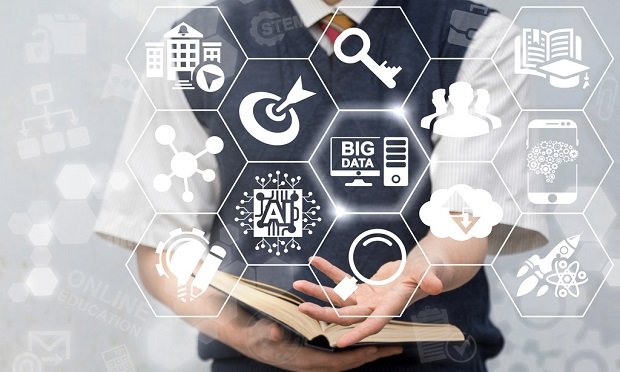 Ways of working in insurance are changing, so the industry's education and training are changing, too. (Photo: Panchenko Vladimir/Shutterstock)
Ways of working in insurance are changing, so the industry's education and training are changing, too. (Photo: Panchenko Vladimir/Shutterstock)
There's a tremendous amount of conversation in the insurance industry today about the impact of artificial intelligence (AI), machine learning and data science. When we think about these topics, we normally talk most about the changes affecting insurance products, consumer interactions, and the industry. Oddly, we talk a lot less about the implications for the professionals — the people who operate our businesses. As a "lifer" in the insurance business — 23 years in property & casualty preceded my current role as CEO of the Society of Actuaries (SOA) — I think about those people every day from the perspective of an organization that develops professionals for a key segment of the industry's work.
Recommended For You
Want to continue reading?
Become a Free PropertyCasualty360 Digital Reader
Your access to unlimited PropertyCasualty360 content isn’t changing.
Once you are an ALM digital member, you’ll receive:
- Breaking insurance news and analysis, on-site and via our newsletters and custom alerts
- Weekly Insurance Speak podcast featuring exclusive interviews with industry leaders
- Educational webcasts, white papers, and ebooks from industry thought leaders
- Critical converage of the employee benefits and financial advisory markets on our other ALM sites, BenefitsPRO and ThinkAdvisor
Already have an account? Sign In Now
© Touchpoint Markets, All Rights Reserved. Request academic re-use from www.copyright.com. All other uses, submit a request to [email protected]. For more inforrmation visit Asset & Logo Licensing.







